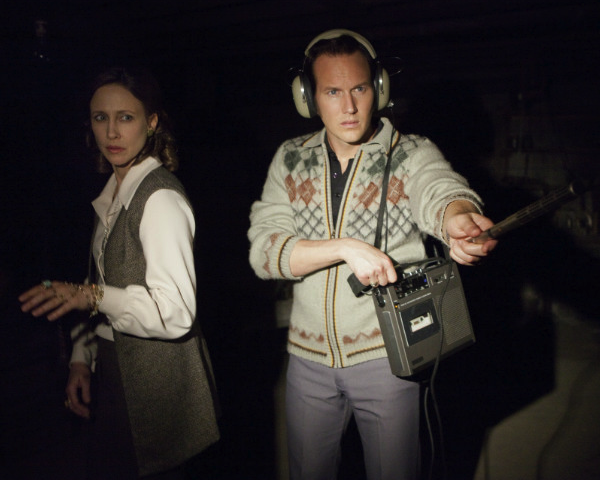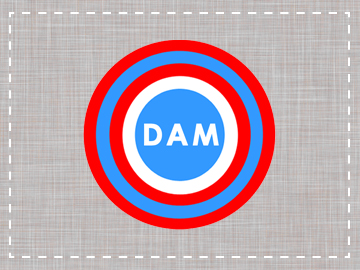Film Review: The Conjuring
Film Review
In the world of horror, old fashion scares often times work best. Although there are certain benefits to (and frights to be had from) gore and pushing the envelope with visual nastiness, as with the recent Evil Dead remake, something must be said for the use of subtlety in inducing terror. The Conjuring, the latest supernatural horror film from director James Wan, is a very subdued work in comparison to the recent slew of over-the-top gore fests (Piranha 3DD, REC 3) and big budget CGI-laden fiascos (the Resident Evil series, World War Z, etc.) that have been released over the past year or two. Clearly borrowing from classics like William Friedkin’s The Exorcist (1973), Stuart Rosenberg’s The Amityville Horror (1979), and Peter Medak’s shamefully overlooked haunted-house masterpiece The Changeling (1980), Wan manages to create another fresh scary story, slightly improving upon his most recent success with 2010’s Insidious.
The plot of The Conjuring is nothing new: A family moves into a new home, things go bump in the night, paranormal investigators are called in to check it out, and everything turns out to be much worse than it seems. However, the film includes a few original twists and nods to its precursors that keep the above formula interesting. The paranormal investigators Ed and Lorraine Warren (played by Patrick Wilson and Vera Farmiga, respectively) are effectively developed and are more integral to the story than their counterparts in similar films. They are introduced in the beginning of the film (which is ‘based on a true story’) delivering a lecture about their experiences in paranormal research and exorcism (the Warrens are the same couple responsible for documenting the events in The Amityville Horror), and they describe a situation with a demon that ultimately ties into the story of the Perron family and the occurrences at their new home.
Performances in the film are mostly good. There are moments of pure melodrama that can be amusing. Whether or not that was the intention… I can’t say, but I especially enjoyed seeing Ron Livingston (Office Space, Swingers) as the patriarch of the Perron clan. His portrayal of a loving but confused and, later-on, damaged father is surprisingly effective. Lili Taylor (Short Cuts, The Haunting) is equally good as his wife, especially when the demon comes out to play, and the child actors do pretty much as expected—acting creepy, screaming, crying. Overall, the performances lend some weight to The Conjuring as it examines the influence of evil forces on the Warren and the Perron families, but it is not enough to make the film completely dismal.
The control and style displayed by director James Wan in slowly building an evocative and foreboding atmosphere filled with ghosts and demons (most of which you rarely see) are what push the film a little way beyond its contemporaries. As with horror films like The Changeling, space and sound (not necessarily film score) are used to induce a sense of panic. (Did you just see something in that corner? Did you just hear that noise?) Instead of consistent quick cuts and rapid-fire editing, the audience is treated to long, lingering takes that test the nerves. Even by the final sequence, when things begin to go wild, the film doesn’t fly completely off the rails.
What is most interesting is that Wan’s first major film was the original Saw in 2004. Insidious and, to a much greater extent, The Conjuring are the complete opposite of what he created at the beginning of his career and far more restrained. His recent output shows his maturity as a director of horror films. This is not to say The Conjuring is perfect. It isn’t. It sometimes suffers from too much homage and strange tonal shifts. However, it does set Wan apart from the slew of torture-porn films that Saw helped create, and puts him along a line with others like Ti West (House of the Devil, The Innkeepers), Rob Zombie (The Lords of Salem), and Nicholas McCarthy (The Pact), filmmakers whose latest films employ more traditional tactics to frighten more thoroughly.
Close

